Welcome to #DifferentLifeStories, where Without Boxes is sharing how people are living differently right now in the real world.
Enter Jen:
As a kid, I was told that I was lucky that I already knew what I wanted to do with my life. From age four, I knew I wanted to be a veterinarian for pets and that I wanted to study at the University of Guelph.
By my sophomore year in college, I had second thoughts. The classes in my program were attractive, because they were about animals, but each physiology course soon bored me. I was frustrated, unhappy and no longer dreamt of owning my own clinic. It still wasn’t until my roommate at the time asked me, “Why are you even in this program?” that I realized I needed to find a new path.
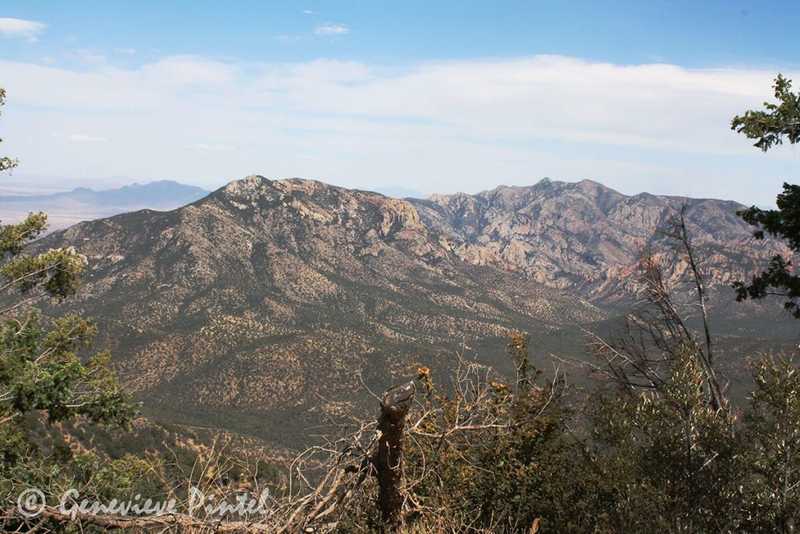
A often start heading down a path thinking we know where it will lead us. Some miles later, it’s not quite what we expected. This is why it’s always important to keep options open and make changes as necessary!
My passion has always focused on work with animals, but I eventually realized that I was looking in the wrong place. I went from feeling disheartened to having a new direction, and these were the steps I took to follow it.
Step 1: Make a Change
Exactly halfway through university, I switched to studying wildlife biology.
The program was still leading me into work involving animals, but this direction had more to do with ecology, evolution, and conservation. I began to discover more and fell right into research and fieldwork.
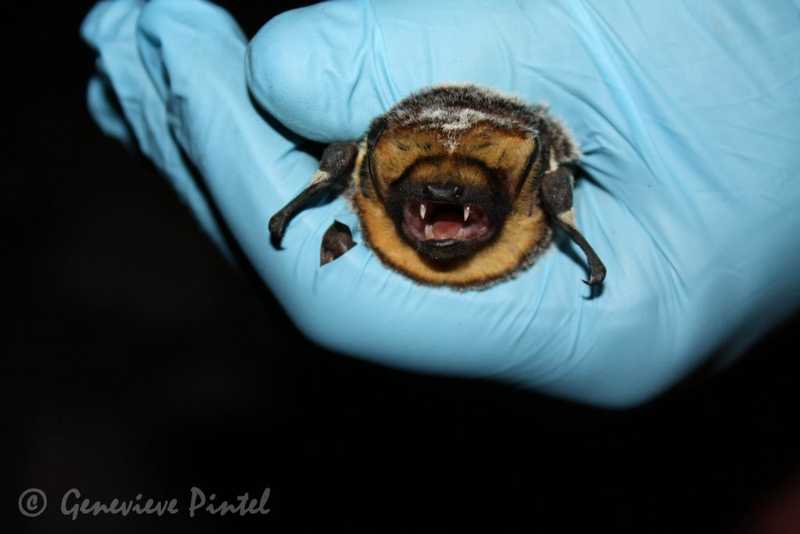
I started to realize a little more about what I wanted to do in the future. I spent an amazing year interning and volunteering in wildlife rehabilitation, sometimes working 60 hours/week unpaid. During summer 2015, our wildlife center had received several orphaned bats that needed constant care, including six daily feedings. I helped take them in, sometimes fostering them at home, and grew fairly attached to these little winged animals. All but one survived, and we released them just before fall.
This experience gave me a newborn fascination with bats. I now found a research focus that I want to pursue. My internship at the wildlife rehab center ended and I was struggling to find a paid job related to my degree, but things were starting to look up.
What did I learn?
By taking a step back and considering other options, I started finding things that were working for me. I never would have guessed five years ago that I would be going from a “crazy cat lady” to a “crazy bat lady.” You can open up your world to a whole new line of experiences you didn’t even know existed before.
It can still take a few tries, so don’t be discouraged.
Step 2: Find Opportunities
Earlier this year, I began to network. I emailed professors from local universities who had backgrounds in bat ecology to express my interest in the field and ask for advice. I kept in touch with coworkers and my undergraduate professors, regularly seeking their opinions and support of my ideas. Just from building connections, I had an offer to travel to Honduras as a bat research assistant. Another offer came from a professor who wanted to be my advisor and guide me through a PhD in bat biology. I was not planning on yet applying to grad school, but I was thrilled for the opportunity and decided to go for it.
By spring, I had lost the trip to Honduras, since there were not enough people hired for the research team, and I had been rejected by the university to which I applied.
After crawling back to the drawing board, I found an ad from the SW Research Station seeking volunteers for the summer in Portal, Arizona. Because of a long-distance relationship and close friendships in Arizona, I was already visiting the state frequently. But—I had never been to the southeast end. I also love the desert and its biodiversity, so I was eager to apply… and was so glad that I did!
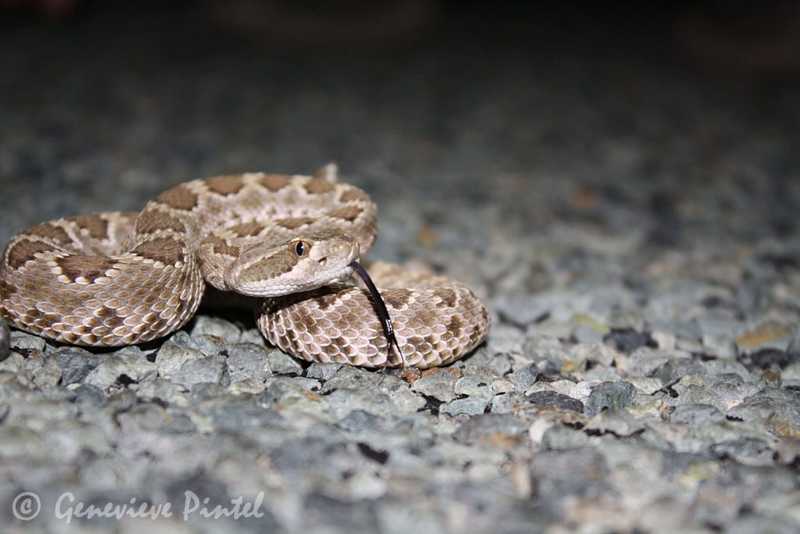
What did I learn?
Once you’ve really narrowed down what it is you want to do, it’s up to you to go out and find opportunities to practice it. If I hadn’t reached out to the people in my field, I’d never have had this kind of opportunity. Just because your first try doesn’t pan out doesn’t mean you’re not meant to do this.
If something makes you happy, keep at it.
Step 3: Show Up
I was fortunate enough to have a car to borrow and a place to stay in Phoenix. On the morning of my birthday, I set out to drive through the desert into Portal, right along the AZ-NM state line, where the research station’s office worker Erin awaited my arrival at 4:00pm.
And I arrived closer to 6:00pm.
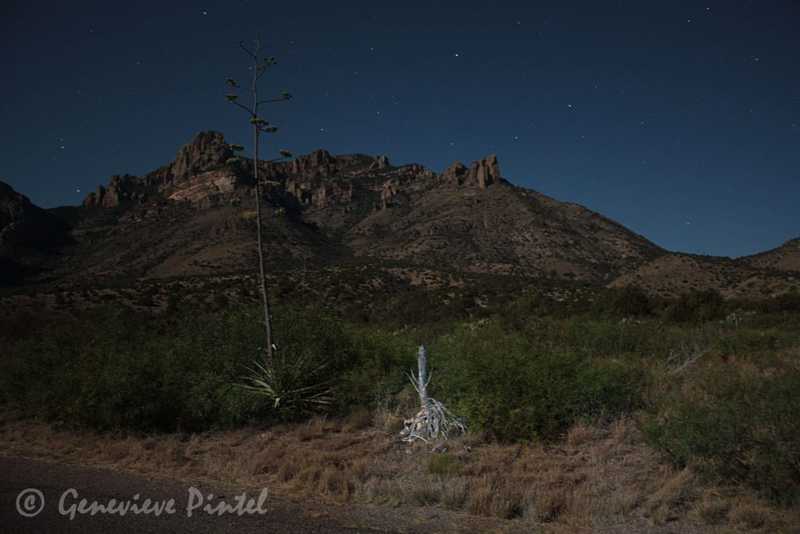
Knowing myself and my luck, it was no surprise that I got lost. I had no idea, however, that I would find myself winding through roads, cursing my breath away, while surrounded by nothing but mountains and an absolute lack of phone signal, which I’d left at the main freeway. Even now, after having explored the whole town and forests, I still don’t understand how I had gotten so lost. By the time I had finally made it onto the station’s grounds and stepped into the office’s door, Erin had skipped all the hellos and welcomes, and instead just exclaimed, “THANK GOD.”
My time at the SW Research Station was continuous adventure from there.
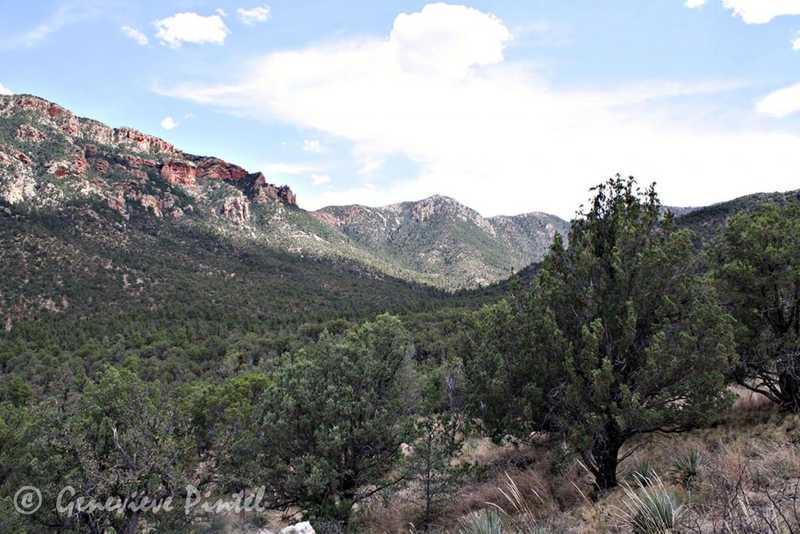
The volunteer gig required 24 hours of work per week at the station, which housed numerous biologists and researchers from all over the continent. Portal, Arizona, is a very tiny town where everybody knows everybody, and it houses a diverse population of hardworking people. It’s surrounded by the beautiful Chiricahua Mountains and lots of endemic species. Over the six weeks that I stayed there, I saw many different animals that were on my list to see and photograph, and there are still so many that I have left for next year.
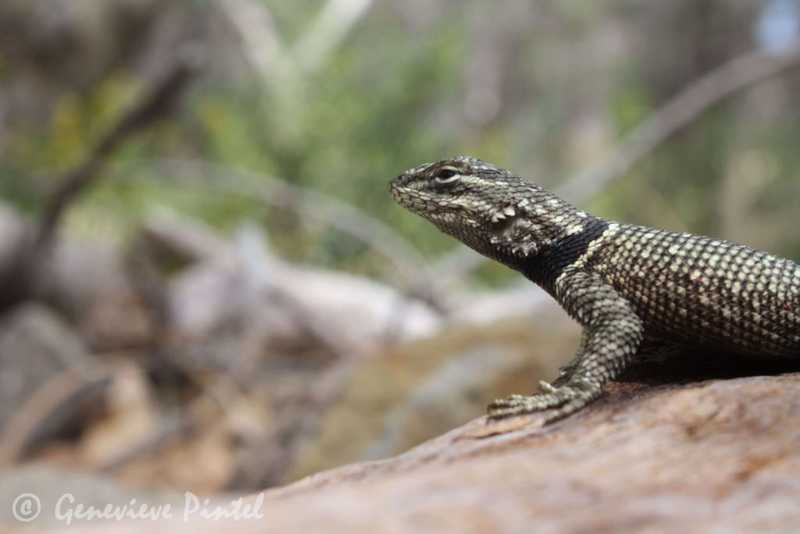
During the day, I would finish my scheduled work, then head out to help a researcher or two with their fieldwork.
Initially a lot of the work I did was with reptiles (lizards, snakes) and learning how to catch them. What I was really looking forward to was shadowing researchers from Bat Conservation International and helping a PhD student with her work with Mexican Jays.
What did I learn?
When you first get your hands on work, you might not be able to do exactly what it was you were hoping for. That doesn’t mean it’s not worth your time or that you shouldn’t take the opportunity. These experiences will be invaluable down the line, and you’ll be making relationships that count just as much, if not possibly more.
Step 4: Be Flexible
Again, things didn’t go as expected.
The PhD student working on Mexican Jays underwent a complicated labour with her newborn son and never arrived. The researchers from Bat Conservation International had so many other students (who paid to take their course) to teach that it was tough for me to gain focus. I still enjoyed working with lizards and learning from those who were willing to help, but I still really wanted to learn how to set up a mistnet for bats. Thankfully, bats are not the only thing you catch with a mistnet!
Two researchers from Hawkwatch International, who primarily worked with owls, arrived shortly after. They were not only willing to teach me to mistnet, but they showed me multiple techniques, like what knots to practice, and allowed me to accompany them in the evenings during owl captures. It was an incredible learning experience, and the entire group was fun to work with!
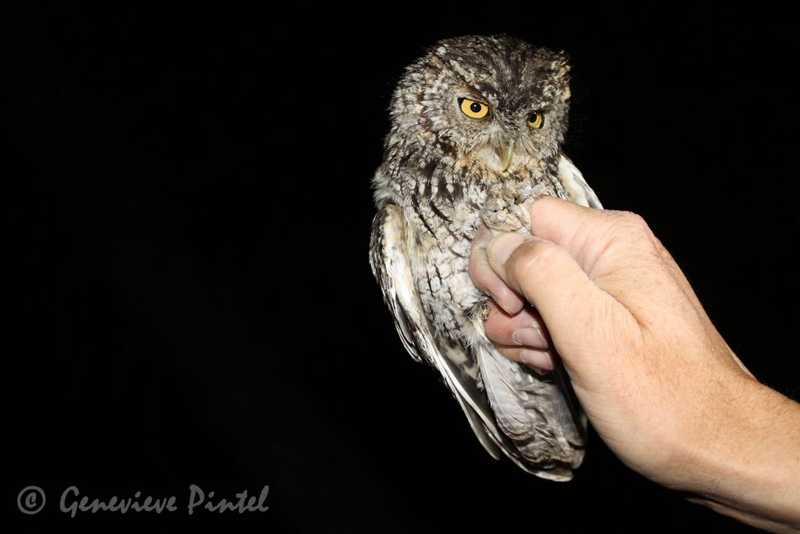
For the majority of my time, I still chose to assist in lizard studies, and learned how to capture the three main species that stayed around the station. I was offered to co-author a scientific research article and I worked with a PhD student to capture whiptail lizards for our own project studying their chemosensory responses to prey.

Aside from these opportunities that will inevitably now help my academic career, I learned how to better spot wildlife—from countless nights spent driving up and down a highway searching for snakes and moving them off the road—and how to better understand my camera through all my astro, landscape, and wildlife photography practice. I learned new species identification skills, how to handle reptiles, and how to drive an ATV into the mountains. By learning the paths and interests of others, I have also been inspired to study for the GRE and research new paths for grad school, start rock climbing, and refocus my love for photography… all things that make me a better person and more confident in how I face future challenges. Not to mention, I want to work with both reptiles (something I had stubbornly said I would not do) and bats now.
What did I learn?
By finding overlap in the skills I wanted to develop, I was still able to gain necessary skills for my ultimate goal of working with bats. Not to mention, I learned a lot about myself and what stimulates my creativity! I even found another potential line of work I’d be interested in pursuing. Flexibility can turn a “bad” situation into a learning situation, and even into an outright positive one.
What is your passion?
Things hardly ever work out the way we expect, and that’s okay! We are constantly given chances to learn and change. Besides, there are a variety of ways to recapture your passion and direct it somewhere it can grow.
Networking with people is as easy as expressing interest in someone’s work, but finding people that are genuinely willing to help you in your own progress will prove the most valuable. If you are a newly graduated student like me, someone just getting back on their feet, or a person making a dramatic career switch, my advice to you is to go out and find those people. Volunteering is a great way to travel, step out of your comfort zone, and meet people… but it can also just start with an email. If you have read about someone, or a few people, doing your dream job or studying your favorite species, let them know and ask for advice. It may not lead you to the desert or mountains, but if you’ve found yourself in a position where you don’t want to leave or turn back, then there’s your passion.